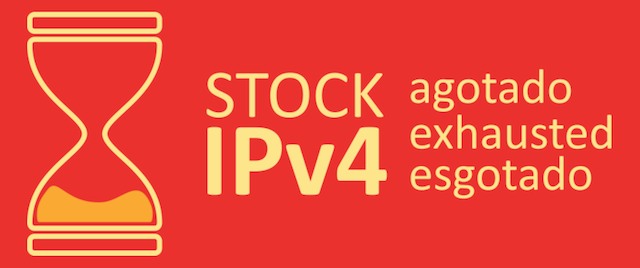
If you haven't seen this TED talk, go do that first: The paradox of choice by Barry Schwartz. Schwartz is a psychologist who talks about how having more choice isn't always a good thing.
This applies to networking, too. If you have a router connected to (say) two ISPs with BGP, for every destination on the internet, your router now has to decide whether to send packets over ISP A or ISP B. If your router consistently makes the right choice, you're better off than someone who is only connected through one ISP. But if your router consistently (or just mostly) makes the wrong choice, your performance will actually be worse than someone connected through one ISP!
Unfortunately, the BGP protocol has a very limited notion of what is best. This means that in practice, it's a good idea to not leave BGP to its own devices, but rather check whether your router(s) at the very least avoid underperforming paths. However, this can be a lot of work.
An alternative is to use a system that automatically optimizes routing performance, such as the Noction Intelligent Routing Platform
Read the article - posted 2014-06-10
My Ars Technica story about ARIN and LACNIC running out of IPv4 addresses.

Read the article - posted 2014-06-12
At the February NANOG meeting, Geoff Huston talked about BGP in 2013. For a quarter of a century, there have been concerns about BGP hitting scalability issues. The Internet Architecture Board even organized a meeting to discuss the issue in 2006. However, Geoff argues that the current growth is not presenting any immediate problems: "Nothing in BGP looks like it's melting".
Read the article - posted 2014-06-30
Een deel van de lezers van ISP Today zal wel eens naar een RIPE meeting geweest zijn, waar medewerkers van ISPs en internet-experts van verschillend pluimage bij elkaar komen om het wel en wee van het internet te bespreken. In Amerika vervullen de bijeenkomsten van de North American Network Operators Group (NANOG) een soortgelijke functie. Een bekend gezicht bij zowel RIPE als NANOG is Geoff Huston, Chief Scientist van APNIC, de Aziatisch/Australische tegenhanger van RIPE.
Op de NANOG-meeting in februari presenteerde Geoff "BGP in 2013", een overzicht van hoe het Border Gateway Protocol ervoor stond vorig jaar.
Read the article - posted 2014-07-17
Het is nooit een goed tegen wanneer de gewone pers schrijft over een BGP-gerelateerd probleem, zoals vorige week: Omvangrijke storing internet legt websites wereldwijd plat (de Volkskrant). Het probleem is dat de BGP-tabel de FIB-limiet van 512k in sommige oudere routers bereikte. Een flink aantal onbereikbaarsheids- en vertragingsproblemen werden aan het routerprobleem gekoppeld, maar het is niet duidelijk in hoeverre dat terecht is.
Read the article - posted 2014-08-19
It's never a good sign when the regular press reports about BGP-related issues, such as last week: Browsing speeds may slow as net hardware bug bites (BBC). The problem is that the BGP table has started to hit the 512k FIB limit in some older routers. Numerous outages and slowdowns were reported to be caused by this, but it's unclear to which degree that's accurate.
Read the article - posted 2014-08-19
Last week a SIGCOMM paper was published with a bunch of IPv6 measurements in it, which concludes that IPv6 deployment is getting real. For instance, 0.6% of internet traffic was IPv6 at the beginning of 2014, which is 5 times more than in 2013 and that 5 times more than in 2012. Click the link to read my story about this on Ars Technica.
Read the article - posted 2014-08-28
This week, the Amsterdam Internet Exchange is renumbering its peering LAN.
An internet exchange (IX) is simply a very big Ethernet. Members connect a router port to that Ethernet, and can then exchange packets with each other. When you want to exchange traffic with many other networks, obviously this is more efficient than setting up dedicated connections with all these other networks.
Until this week, AMS-IX used a /22 prefix, allowing for about a thousand connected routers. That was no longer enough, so they got a new /21 prefix, which can accommodate two thousand connected routers. This means that all the currently connected routers must get a new address. No big deal. This is why search-and-replace was invented.
However, sometimes someone makes a mistake...
Read the article - posted 2014-10-15